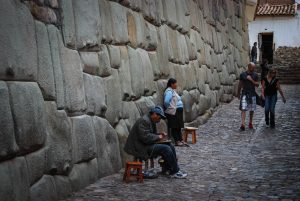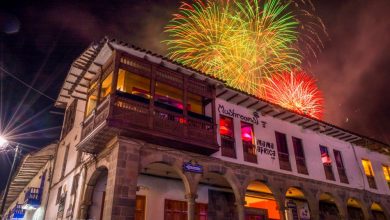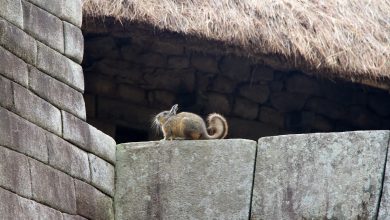Walls that Made History

Considered center of the universe and principle city of the Incas, Qosqo or Cuzco is one of the few cities that can claim to have walls on top of each other that belong to different periods and cultures. As if that was little, with the new archeological work, more and more evidence arises of a marvelous architecture without comparison.
Admired by our people and by foreigners, these walls with their large and complexly oriented stones made us think they must have been the work of some kind of superior being. Our grandmothers tells us that the Inca wise ones knew of a kind of preparation called “ayaconchi”. It was a mixture of various plants that you could call mysterious because no one knew exactly which one. However, the mixture could soften the stones as if they were clay, the grandmothers said. As a result you could give the stones the form you wished.
I remember my mother telling me that there is a bird whose eggs have special properties that dissolve stones.
There are so many theories about the origins of these walls; theories that came from simple imagination and from the effort to try to explain something that seemed impossible, the idea that they were made by people like us. Nevertheless, research shows that yes, there were men who knew about nature and by working in harmony with it could make in those days what now is our great pride.

Among other examples of Cuzco’s exceptional architecture we could mention the Temple of the Sun, the Qoricancha, or the walls of Loreto Street that formed one of the walls of the Incan Aqllawasi. We could also describe impressive works such as Ollantaytambo in the Sacred Valley, Saqsayhuaman in our city, or the sanctuary of Machu Picchu where every one of its stones tells about our history.

The techniques our ancestors relied on to get a perfect finish in the stones has been a subject and continues to be the subject of much research. From this work, we now know that to work the stone the Incas relied on a series of tools that are shown in the museums of our city, such as levers, chisels, hammers, levels, plumb lines, bronze tools, stones from the rivers which, because of their nature, allowed the Incas to repeat functions that in other civilization required Iron. It is also said they used the stone hiwaya, which because of its hardness it could be used as a hammer to strike and form the other stones.
When you visit the museums and see all of these tools, you realize that those who thought the walls were the work of supernatural beings were wrong. You will wonder how they could think that when you find yourself before the proof of how the Incas worked. Their dominion over stone was an important art.

There is an important phrase that is always used by people when they stand before an Inca wall: “The stones come together so exactly that you can not even put a pin between them.” This phrase is correct.
Inca walls could be of uniform stones or could form designs like those of puzzles where each piece fits perfectly into the next. An example of this latter is the famous Twelve Cornered Stone on the street Hatun Rumiyoc, which forms part of what most people call the Palace of the line of Inca Roca.
The walls constructed by the Incas are of well polished stones. In some cases they have a different effect called the technique of “high relief”. They were made to be shown off without any covering. Their beauty shone in their natural and ostensibly simple form. Inca architecture was characterized by the simplicity of its forms, its symmetry, its solidity, and for seeking to harmonize buildings with the landscape.
On the other hand we also have to speak about the adobe walls. According to the Chronicles, the Incas would make the first floor of their buildings of stone and then would complete them with walls of adobe. They would be finished with a straw roof. Unfortunately, these are almost entirely gone today because of time and the effects of nature.
We can say that the city of Cuzco, as the capital of a civilization as vast an powerful as Tawantinsuyo, brought together the finest architects and artisans in order to create amazing work. Priests also played an important role, as they laid out the direction in which the buildings would be built in relation to the Sun. With all of the richness that our imperial city of Cuzco shows, its visitors cannot help but fall subject to surprise and admiration. We who live in this marvel cannot help but feel proud of our culture.





